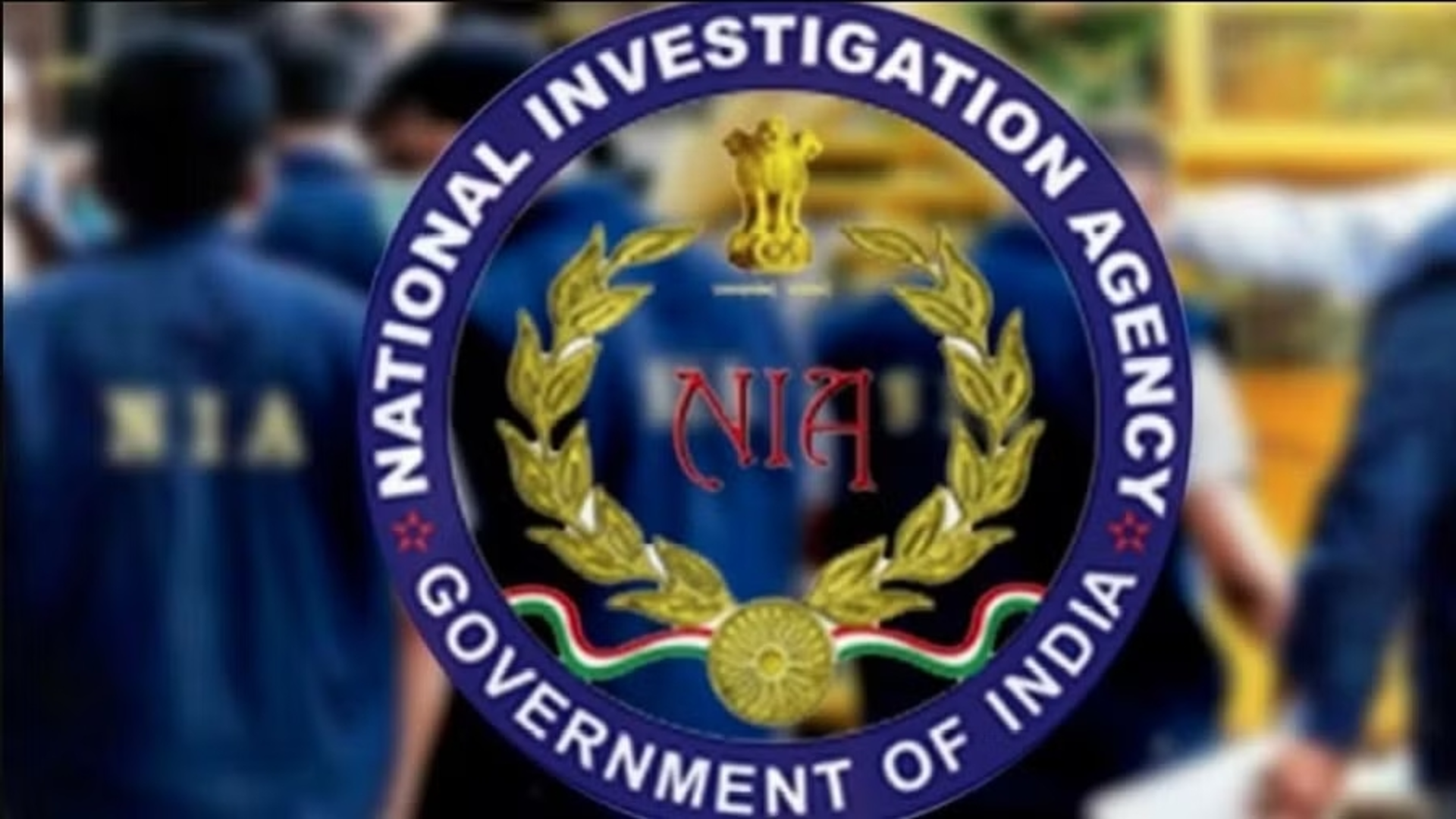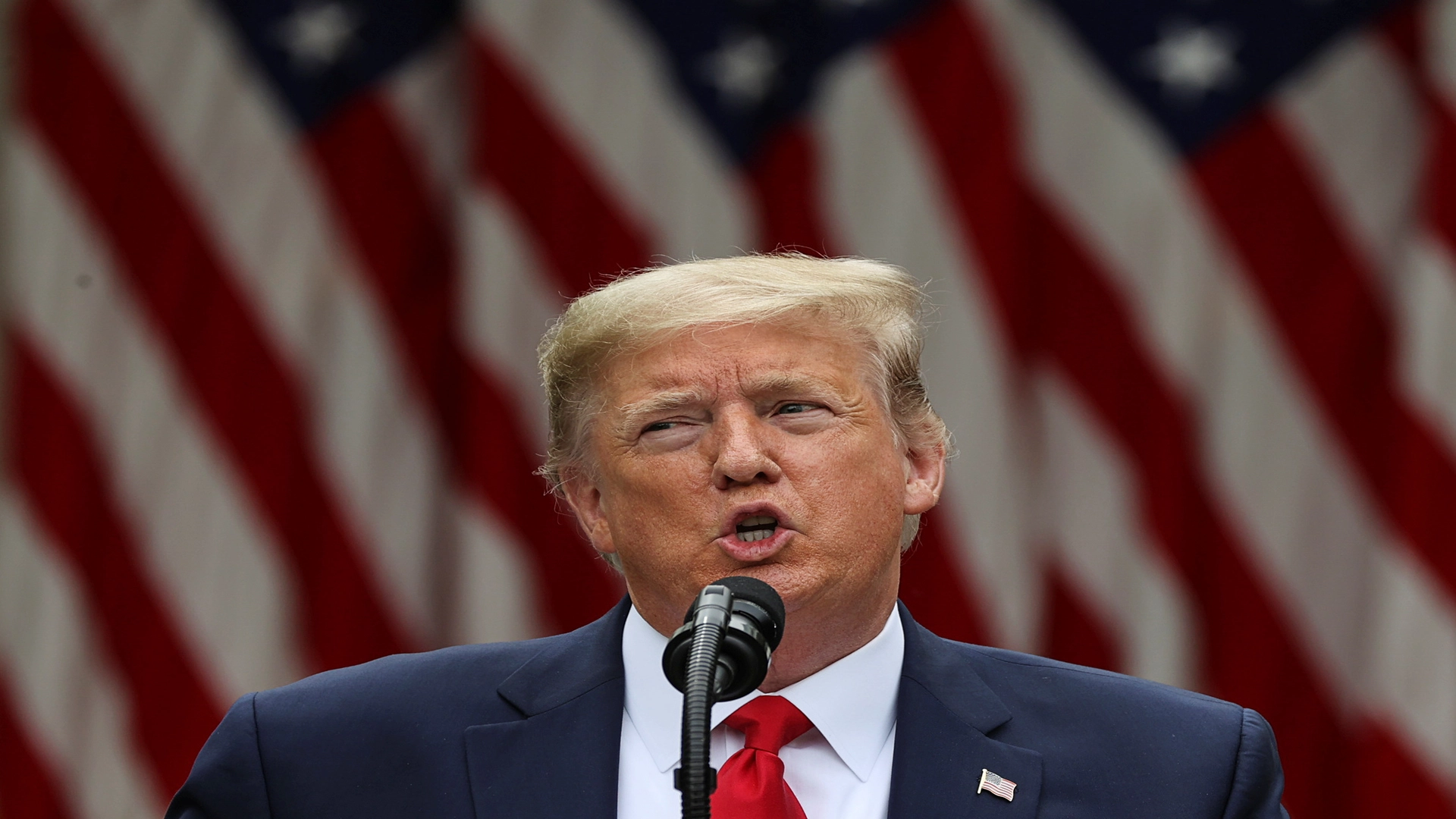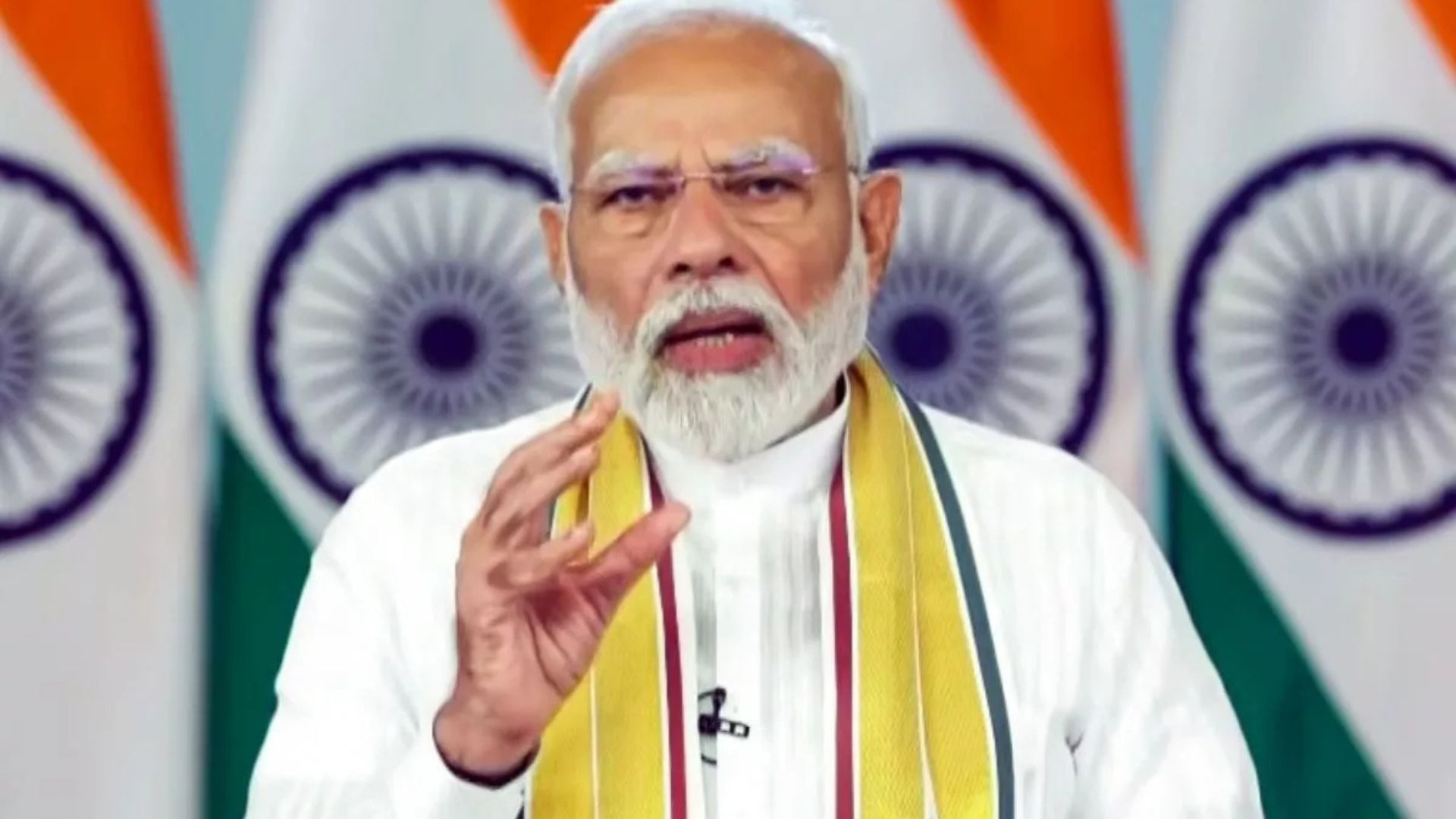The 2016 equalisation levy was the result of the Official Committee constituted by Government of India (Committee on Taxation of E-Commerce) that presented its report on 3rd February 2016. The main factors that necessitated this review was the need for the new ways of doing business and not merely relying on the physical presence rule, exponential growth of digital business that emerged as a challenge to the traditional brick and mortar model and the reality that business derive substantial value from data collected and transmitted on telecommunication network. It is to be noted that this committee was the result if the OECD/G20 report that came in 2015 which mooted the taxability of the digital economies. Indian DST is also attracted from this model and it is also important to note that the committee constituted by GOI in 2016 had also endorsed this report.
But in doing so, there were certain considerations that needed to be factored and these included:
i. International consensus that was placed by the OECD/G20 BEPS Action-I Report of 2015.
ii. The need to establish a NEXUS and Valuation of data and user contribution.
iii. Need to address all forms of digital businesses i.e. B2B, B2C, C2C.
iv. Maintaining tax neutrality between domestic enterprise and the MNEs.
Taking all these pointers into mind the committee presented a report which was partly accepted by Government of India and enacted the 2016 Equalisation levy that came into force on June 1st 2016. With this enactment, India became amongst the selected few countries to impose a unilateral DST. Form the very beginning it lacked a global consensus as was mooted in OECD/G20 report 2016.
UNDERSTANDING EQUALISATION LEVY- 2016,
PLACEMENT
EL was not a part of the Income Tax 1961 and the same was enacted as a separate and distinct chapter under the Finance Act, 2016. (Chapter VII). This chapter contains within itself the complete provisions w.r.t. to the extent, applicability and the mechanics of EL.
SCOPE
The scope was limited to “Online Advertisements” only and the an EL @6% was levied for service provided by NR to Indian Business or a NR with Permanent Establishment in India(PE).
EXCLUDED
The provisions in Chapter VII excluded Services Connected with an Indian PE of NR service provider and those where the annual consideration was below threshold of INR 0.1mn. It further excluded B2C Services.
COLLECTION MECHANISM
For the purpose of collecting the levy, an amount equivalent to EL is to be deducted from consideration payable by Indian recipient to NR service provider. Payment obligation is to be carried out on monthly basis.
PENALTIES & PUNISHMNETS
Interest would be payable for delayed discharge of EL. Also penalty equivalent to EL amount on failure to deduct EL from consideration payable to NR service provider and apart from this a distinct penalty for failure to discharge EL liability can also be levied. In case of falsification of returns, the provision for imprisonment and fine is also there.
ROAD TO EQUALISATION LEVY 2.0
It is very interesting to note that India has always participated and endorsed the OECD model of taxing digital services but at the same time its been unfortunate that India has opted for unilateral measures of taxing digital services without a global consensus. Both 2016 as well as 2020 EL is in violation with the consensus model that has been projected by OECD.
The seeds of EL 2.0 can be traced in the official amendment to the Finance Bill, 2020 which was tabled and passed by the Lok Sabha on March 23, 2020. The same became an Act on 27th March 2020 amidst the outbreak of COVID-19 without any discussions and deliberations in the Parliament. The said EL 2.0 is effective from April 1, 2020 and a levy of 2% would be applicable on non-resident e-commerce operators arising from e-commerce supply or services made to the Indian residents.
CONCERNS SURROUNDING LEVY 2.0
1. SCOPE: The scope of EL 2.0 is very wide and seems to be discriminatory in nature. It utterly covers within goods and services sold by non-resident based online marketplaces, non-resident retailers that sell to customers in India over internet as well non-resident manufacturers that operate online sales portals. This whole scope falls inconsistent to OECD model as well as our previous EL. This is going to act as a deterrent for many international businesses that sell their products in India and this will ultimately affect the advancement of the Nation. On a larger perspective the business in order to pay this levy will increase the costs and the levy will get transferred over the Indian Customers. The other aspect that needs to be taken care is that, this EL 2.0 does not take into consideration the interests of the MSMs and SMBs. Many SMBs and MSMEs rely on various services provided by non- residents in their initial growth. These services may be in the form of app stores, cloud services, digital infrastructures, and software compliances etc. now since EL would be levied on them so it would be difficult of such small businesses to avail their service.
2. IMPLEMENTATION AND ENFORCEMENT The EL 2.0 came into effect all of a sudden without any discussions and deliberations in the Parliament. It is also important to note that there wasn’t any advice that was taken from the industry people before bringing this in effect. The EL 2.0 appeared like a surprise for all of us amidst the outbreak of the Pandemic. The Government brought this legislation on 27th of March 2020 and gave it an effect from 1st of April. As a result of his the stakeholders had very less time of about 3 days to acquaint with it and begin accruing taxes from 1st of April. The levy further requires the non-resident digital companies to make quarterly payments to Indian Government and undertake periodic reporting compliances(which remains un-prescribed). Since the levy will be liable to be paid in starting of July 2020, which is big concern amongst the business as there is a very little time for companies to get acquainted with the process and pay the levy. Also concerning the outbreak of the covid-19, it would be difficult for most of the companies to make the payment of the levy. So, the only point that seems reasonable is to defer the levy for sometimes till the situation normalizes and business gets well acquainted to it.
3. THE PROBLEM OF NEXUS: The provision under the Indian legislation mandates that any law made by the Parliament must have nexus with India. For any law to have extra territorial application it must fulfill the nexus test. Indian law on this point is not straight and direct and this matter has been time and again decided by the Indian Judiciary as to what will determine sufficient nexus. The matter for the 1st time was extended for the determination before the constitutional bench in M/S ELECTRONICS CORPORATION OF INDIA V CIT & ANR. 1989 AIR 1707, 1989 SCR (2) 994, but the matter was withdrawn later on and the question surrounding the nexus remained unanswered. However, it is to be noted that, in order to attract sufficient nexus the provocation for the law must be found within India itself. Such a law may have extra-territorial operation in order to sub-serve the object and that object must be related to something in India. However, in the current situation surrounding the equalization 2.0 there are a lot of discussions surrounding the ‘nexus’ factor to determine the constitutionality of this enactment. It is also important to note whether Indian Judiciary will opt for the ‘new nexus’ as provided by the OECD BEPS report or will stick to the conventional approach of determining the territoriality.














